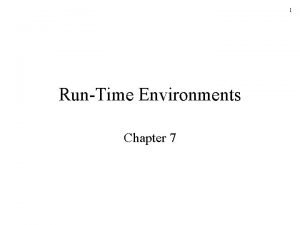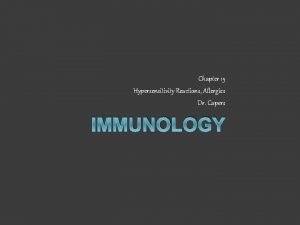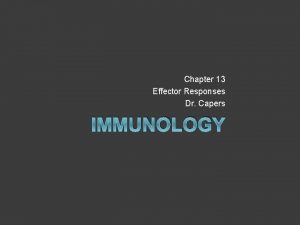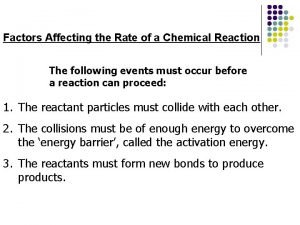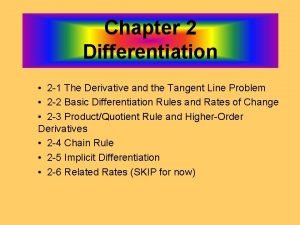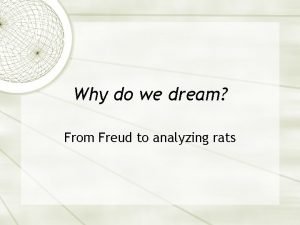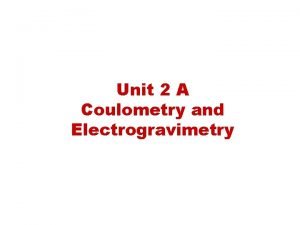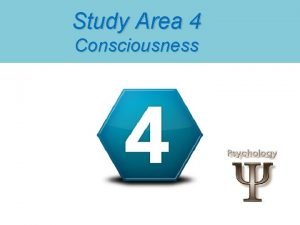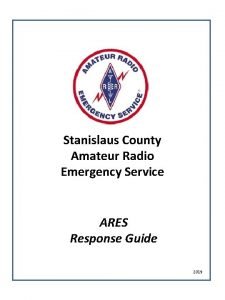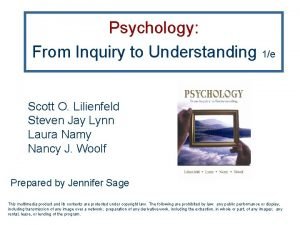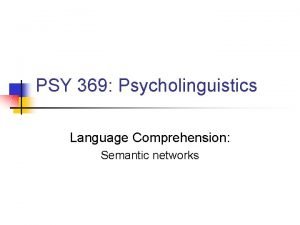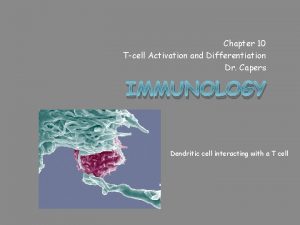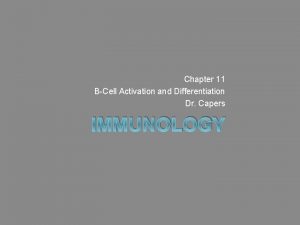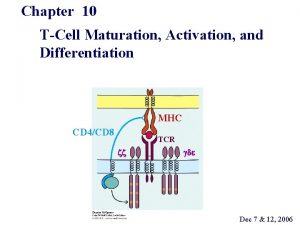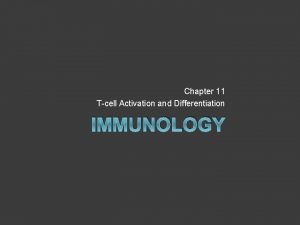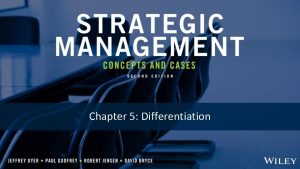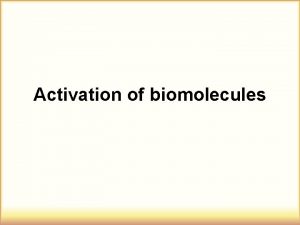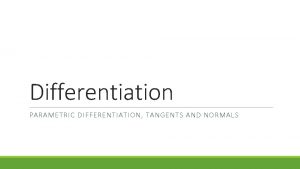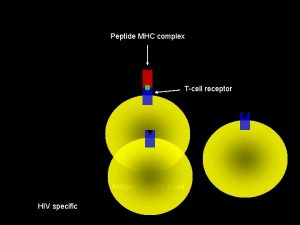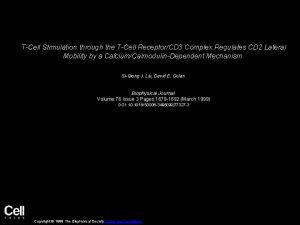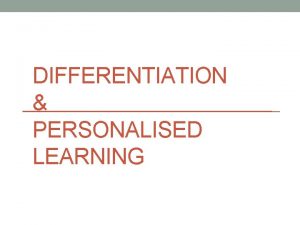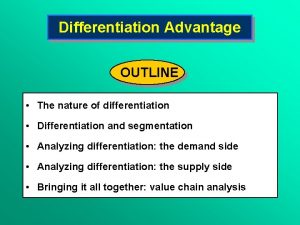Chapter 11 Tcell Activation and Differentiation Dr Capers














- Slides: 14

Chapter 11 T-cell Activation and Differentiation Dr. Capers IMMUNOLOGY

Kindt • Goldsby • Osborne Kuby IMMUNOLOGY Sixth Edition Chapter 10 T-Cell Maturation, Activation, and Differentiation Copyright © 2007 by W. H. Freeman and Company

Initiating event of adaptive immune response ○ Interaction between niave T cell and an antigen-presenting cell ○ Signal 1 – provided by antigen-specific TCR engagement ○ Signal 2 – provided by contact with costimulatory ligand expressed by APC - Example - CD 28 ○ Signal 3 - cytokines

T cell Activation Initiated by TCR-CD 3 complex with processed antigen on MHC molecule ○ CD 8+ cells with Class I ○ CD 4+ cells with Class II Initiates cascade of biochemical events ○ Inducing resting T cell to enter cell cycle, proliferate, differentiate into memory and effector T cells

T cell Activation Cascade of biochemical events leading to gene expression: Interaction of signal and molecule (example: TCR + MHC and antigen) Generation of “second messenger” that diffuses to other areas of cell Protein kinases and protein phosphatases are activated or inhibitied Signals are amplified by enzyme cascades Click on link to see example http: //www. youtube. com/watch? v=t. MMr. TRn. Fd. I 4&f eature=player_detailpage

T cell Activation Gene products after activation ○ Immediate genes (1/2 hour of recognition) Transcription factors (c-Myc, NFAT, NF-κB) ○ Early genes (1 -2 hours from recognition) IL-2, IL 2 R, IL-6, IFN-γ ○ Late genes (more than 2 days later) Encode adhesion molecules

Go onto Next slide


Superantigens Bind to BOTH the TCR and MHC Can cause over-activation Overproduction of TH-cell cytokines, leading to systemic toxicity Exogeneous Variety of exotoxins secreted by some Gram+ bacteria Endogeneous Cell membrane proteins encoded by viruses


T-Cell Differentiation CD 4+ and CD 8+ cells leave thymus and enter circulation in G 0 phase ○ Naïve cells (condensed chromatin, little cytoplasm) ○ About twice as many CD 4+ Naïve cell recognized MHC-antigen complex ○ Initiated primary response ○ After 48 hours, enlarges into blast cell and undergoes repeated rounds of cell division ○ Differentiate into: - Effector cells – cytokine secretion, B-cell help - Memory cells – long lived, respond with heightened activity (secondary response)


Treg Cells Shown to inhibit proliferation of other T cells in vitro CD 4+CD 25+ Shown to inhibit development of autoimmune diseases

Cell Death and T Cell Populations Apoptosis plays critical role Deletion of potentially autoreactive thymocytes Deletion of T cell populations after activation ○ Fas and Fas. L pathway to induce self death
 Activation tree example
Activation tree example Capers allergy
Capers allergy Dr capers
Dr capers How does temperature affect rate of reaction
How does temperature affect rate of reaction Activation and passivation in adf
Activation and passivation in adf Temperature and activation energy
Temperature and activation energy Chapter 2 differentiation
Chapter 2 differentiation Activation synthesis theory
Activation synthesis theory Electrogravimetry and coulometry
Electrogravimetry and coulometry Stage n1
Stage n1 Ares activation code
Ares activation code Activation synthesis
Activation synthesis Second step activation key
Second step activation key Activation-synthesis theory dreams
Activation-synthesis theory dreams Spreading activation psychology
Spreading activation psychology
